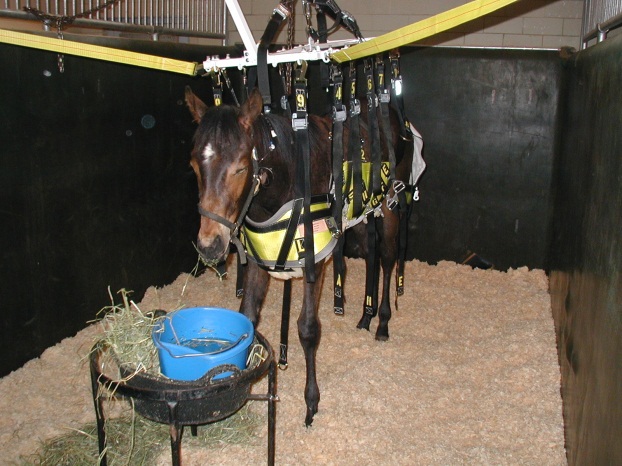Equine Herpes Outbreak in Idaho
Idaho is currently experiencing a Equine Herpes Myeloencepahlitis (EHM) outbreak. The bulk of the cases are in the Gooding, Jerome, Dietrich, Twin falls area. There is also a case in the Treasure Valley. The attending veterinarian and the state veterinarian are working with the owners to treat the affected horses and all premises have been quarantined. They are also providing surveillance to horses that may have been exposed. Sawtooth Equine is recommending that people not travel to these areas with their horses for the next few weeks until the outbreak has subsided. For those individuals that do chose to travel, strict biosecurity is a must. All animals that are traveling to those areas or co-mingling with horses from those areas should be maintained in a quarantine pen upon returning home if there are other horses on the property for 2 weeks. People that are going to be interacting with horses in those areas need to also be sure that they change their clothes and disinfect their boots and wash hands before handling other horses (trainers, farriers, and yes…the vet too!) The virus can live on clothing and vehicles and is spread via nasal secretions. At this time there is no vaccine for EHM. The virus that causes EHM is a variant of the the Equine Herpes (Rhino) virus that we currently vaccinate for. Unfortunately, the vaccine only protects against the respiratory and abortion strains. Here is a little more about EHV-1…
What is EHV-1?
EHV-1 (equine herpesvirus-1) is one of a large group of DNA viruses causing potentially serious disease in horses and other species. EHV-1 has two forms: one that causes abortion in mares and one that causes respiratory infection and neurological symptoms. The above cited outbreaks have involved the EHV-1 respiratory/neurological form of the virus causing a condition known as Equine Herpes Myeloencephalopathy (EHM).
EHV-1 is contagious and is spread by direct horse-to-horse contact, by contaminated hands, equipment and tack, and, for a short time, through aerosolization of the virus within the environment of the stall and stable.
What are the Clinical Signs of EHV-1?
The initial clinical signs of the infection may be nonspecific and include fever of 102°F or greater. Fever may be the only abnormality observed. Other presenting signs may be combinations of fever and respiratory symptoms of nasal discharge and cough. Some horses have reddish mucous membranes.
Horses with neurological disease caused by EHV-1 infection can soon become uncoordinated and weak and have trouble standing. Difficulty urinating and defecating may also occur. Often the rear limbs are more severely affected than the front. Signs of brain dysfunction may occur as well, including extreme lethargy and a coma-like state.
The incubation period of EHV-1 infection is HIGHLY VARIABLE, depending on the host, on the virulence of the virus, and on environmental and other factors such as stress. The AVERAGE incubation period is 4 to 7 days, with the majority of cases being 3 to 8 days, but with some taking up to 14 days. When neurological disease occurs, it is typically 8 to 12 days after the primary infection involving fever. In most cases, horses exposed to EHV-1 will develop a fever and possibly nasal discharge and then go on to recover.
The link below is an EXCELLENT (but lengthy) resource for EHM
This is a great link for biosecurity protocols and reminders:
Our office will continue to keep you updated on our Website and Facebook page as this situation changes.

